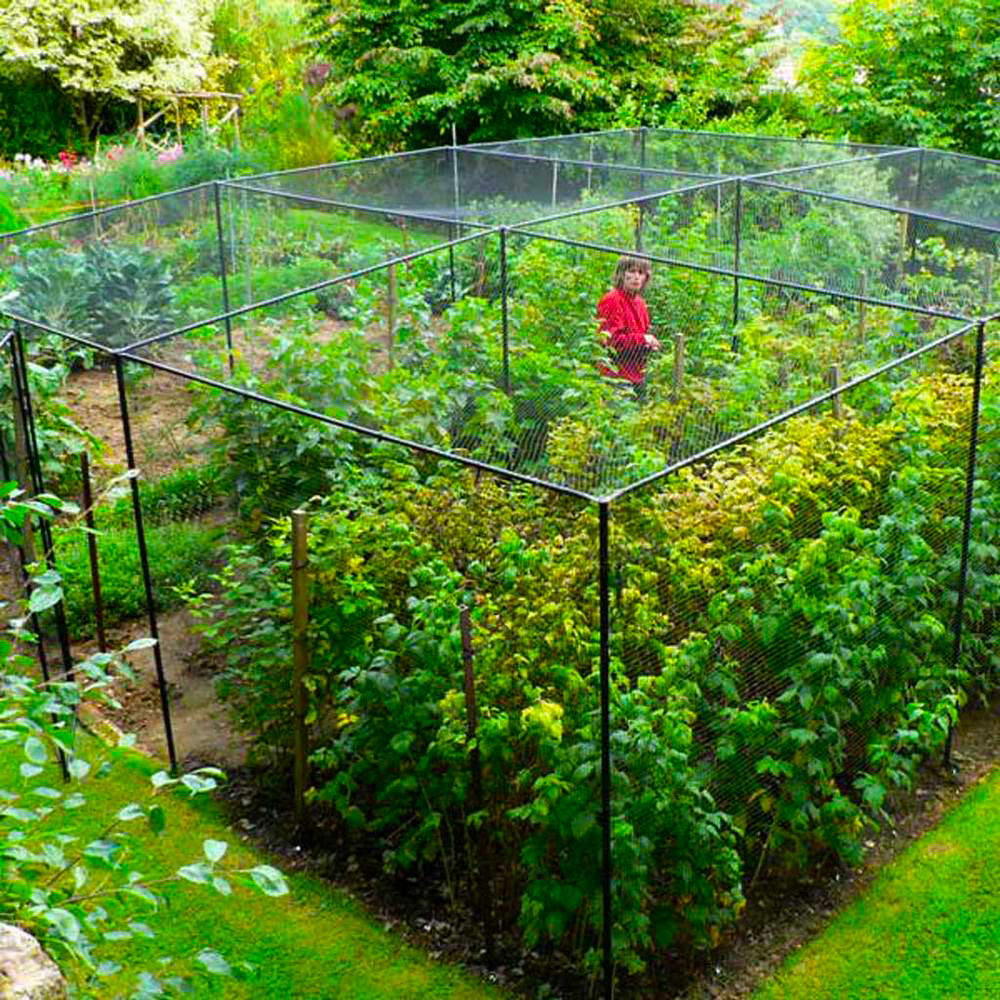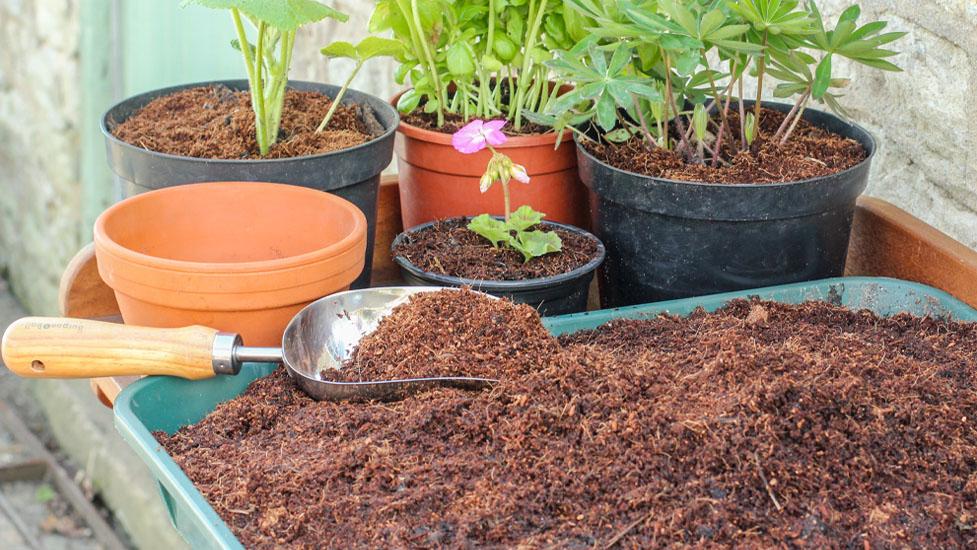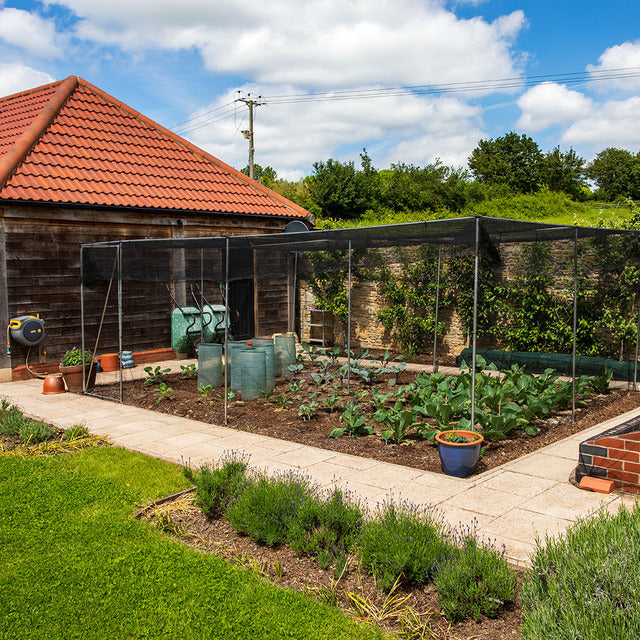Many gardeners and allotmenteers don’t bother growing main crop carrots - they’re cheap to buy and can take up valuable space on the plot, But it is well worth setting some room aside for a small crop of tasty baby carrots to use in salads or perhaps some of the unusual coloured and heritage varieties for a special occasion.
Where to Grow
Carrots grow best in full sun and light, fertile, well-drained soil. If you are on heavy clay or very sandy ground, you may end up with stunted or forked roots, so try globe or miniature varieties. Before sowing prepare the soil by digging down to a spades depth and clearing weeds and stones.
Don’t manure ground that you plan to grow root vegetables in during the following year.
Sowing & Planting
In well cultivated ground sow thinly in shallow drills allowing 30 cm between rows. Early varieties can be sown under cloches or fleece in March and main crop varieties in the open from April to June. For a quick late crop try sowing in Late July/early August and cover with Fleece tunnel in the Autumn to extend the growing season.
Aftercare
Water well during dry weather and weed regularly to reduce competition and allow the roots to grow to their full potential.
Harvesting & Storing
Start pulling baby or salad carrots as soon as they are big enough to use - normally around June/July) leaving the rest to grow on - pull alternate carrots to thin out the rows (pests are not usually a problem by this time) and give them more room.
Late sown varieties will be ready around October. As a general rule main crop carrots will store best in the ground so long as the weather doesn’t become too wet. If you do dig your crop don’t wash them - they store better left with some soil on them - and keep in a cool dark, dry place in something like a paper or hessian sack. Check them over regularly and remove any that are starting to rot.
Pests & Diseases
Carrot fly is hard to avoid - even if you don’t thin the crop you may need to take precautions against carrot fly which can wipe out the crop. The best solution is to keep the crop covered with fine insect netting for the whole growing season - Carrot Fly stay close to the ground so a micromesh barrier should be sufficient.
Growing them alongside onions can help disguise the scent.
If you have problems with deformed or split roots it is usually due to growing on over manured soil or stony ground - try growing in a raised bed filled with sieved soil mixed with garden compost to give the carrots a great root run.





